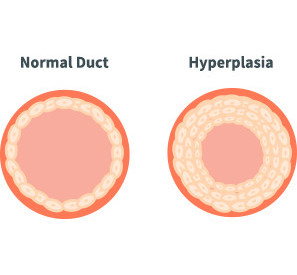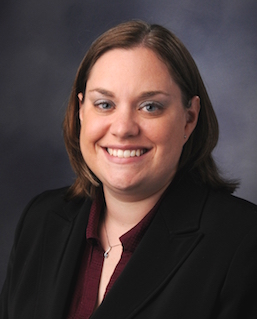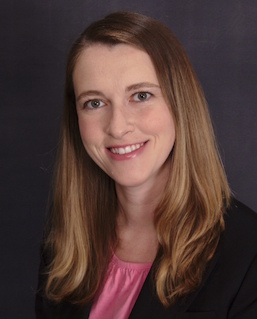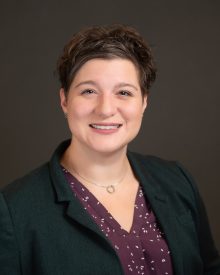About The Condition
There are several types of noncancerous breast conditions that can affect your breasts. Some may cause pain or discomfort and need treatment. Others may not. Some may mimic breast cancer, however, so it is important to have all breast abnormalities checked by your physician.
Some may cause pain or discomfort and need treatment. Others may not. Some may mimic breast cancer, however, so it is important to have all breast abnormalities checked by your physician.
Hyperplasia. Hyperplasia is an overgrowth of breast cells, usually found on the inside of lobules or milk ducts. Both “usual” and “atypical” hyperplasia increase your risk of developing breast cancer, so it is important to have mammograms and clinical breast exams every year. Your physician also may suggest taking a drug such as tamoxifen or raloxifene to lower your risk of breast cancer.
Cysts. Cysts are fluid-filled sacs that appear more often in premenopausal women. If they become large enough, they may cause pain, but they are almost always benign. Larger cysts can be drained with needle aspiration.
Fibroadenomas. Fibroademonas are solid, but benign, tumors. They often do not need treatment unless they are large or painful.
Intraductal papillomas. Intraductal papillomas are small growths in the milk ducts that can cause discharge from the nipple. They are usually removed, but no further treatment is needed unless they have abnormal cells or breast cancer in nearby tissue.
Sclerosing adenosis. Enlarged lobules can form to make small, sometimes painful, breast lumps. A biopsy is usually performed to distinguish sclerosing adenosis from breast cancer, but no further treatment is needed.
Radial scars. Radial scars, or complex sclerosing lesions, can mimic breast cancer on a mammogram, but they actually are connective tissue from which milk ducts and lobules grow. After they are removed, no further treatment is needed.
Before Surgery
Many breast diseases require only a mammogram or breast exam for diagnosis. Most do not require treatment, but if your physician believes that your condition requires surgery, you will be given instructions about preparing for your specific procedure. In most cases, no preparation will be required
Surgery
Needle aspiration. Cysts that can be drained by needle aspiration require no preparation or recovery time. They are usually done during an office visit.
Surgery. If your physician believes you need surgery for a biopsy to rule out cancer or for removal of a breast tumor, you will be scheduled for a same-day procedure.
After Surgery
Needle aspirations and biopsies may cause some soreness, but you will be able to resume normal activities after you leave the clinic. If you have surgery, you may be sent home with a small ice pack to keep the swelling down.
Recovery is immediate from a needle aspiration or a biopsy. After surgery, you may have some slight discomfort for a few days, but over-the-counter ibuprofen or acetaminophen should be all you need to manage the pain. You will be able to resume normal activities the following day, but refrain from heavy lifting for a couple of days.


